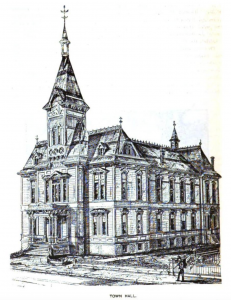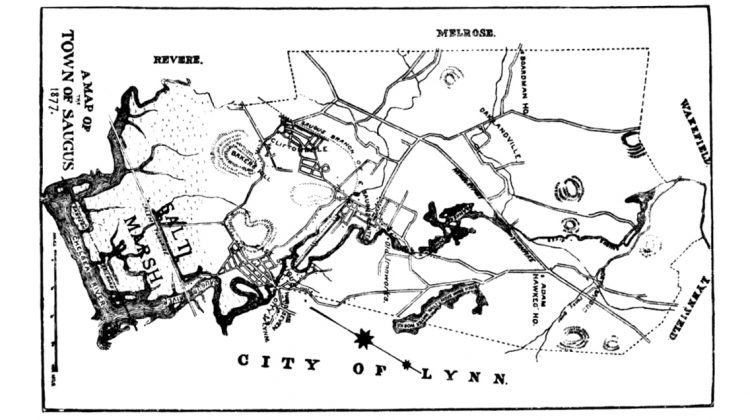SAUGUS — Born in 1790 in what is now Roxbury, N.H., Robert Eames helped to separate Saugus and Lynn — but his story doesn’t stop there.
Eames was born into a political family, with his father and brother both holding governmental positions in their hometown. Prior to leaving New Hampshire, Eames himself also served in local government.
By 1809, Eames had relocated to Lynn.
There, at the age of 19, he constructed a fulling mill below the Sluice Pond Dam, then referred to as “the cove” or “Rootens’ cove,” where fabrics were washed of impurities before being manipulated to achieve desirable looks.
In 1811, Eames’ brother, Joseph Eames, began his own work in the textile industry, starting a manufacturing facility on the Saugus River for Morocco leather.
Two years later, Robert Eames joined his brother at the facility on the Saugus River, and eventually ended up selling his mill at the Sluice Pond Dam to silk dyers John and Andrew Hall in 1815.
Robert Eames’ enthusiasm for fulling must have rubbed off on his brother, as the Morocco leather facility also later included a fulling mill, as well as a dye-manufacturing facility.
In 1814, several residents in Lynn’s second parish, including Robert Eames, petitioned the Massachusetts General Court for their parish to become a separate municipality. The petition stated that the separation would “greatly promote the interest and convenience of the said second parish of Lynn to be set off from a town.”
Additionally, the petitioners noted that travel to and from town meetings would be shortened and taxes would be decreased. These, however, were not the only fixes they said separation would bring, as they added that “many other evils and inconveniences would be remedied.”
On Feb. 17, 1815, the petitioners got their wish. Although they did not get the name they originally requested — Westport — Saugus was incorporated as its own town.
Robert Eames was chosen to represent Saugus in the state legislature as the town’s first representative, serving just one term in 1816.

Not much is known about Robert Eames’ life after this point, other than that he continued working with Joseph Eames until 1821, when they went their separate ways.
One thing is for certain – Robert Eames would be proud that the town he helped to incorporate is still thriving, 209 years later.

